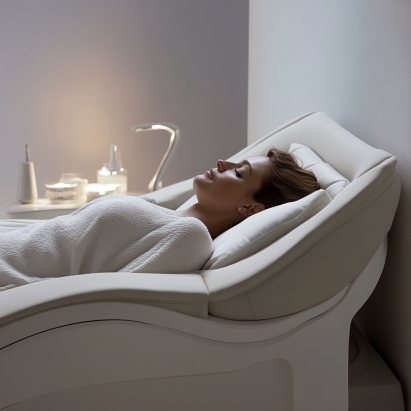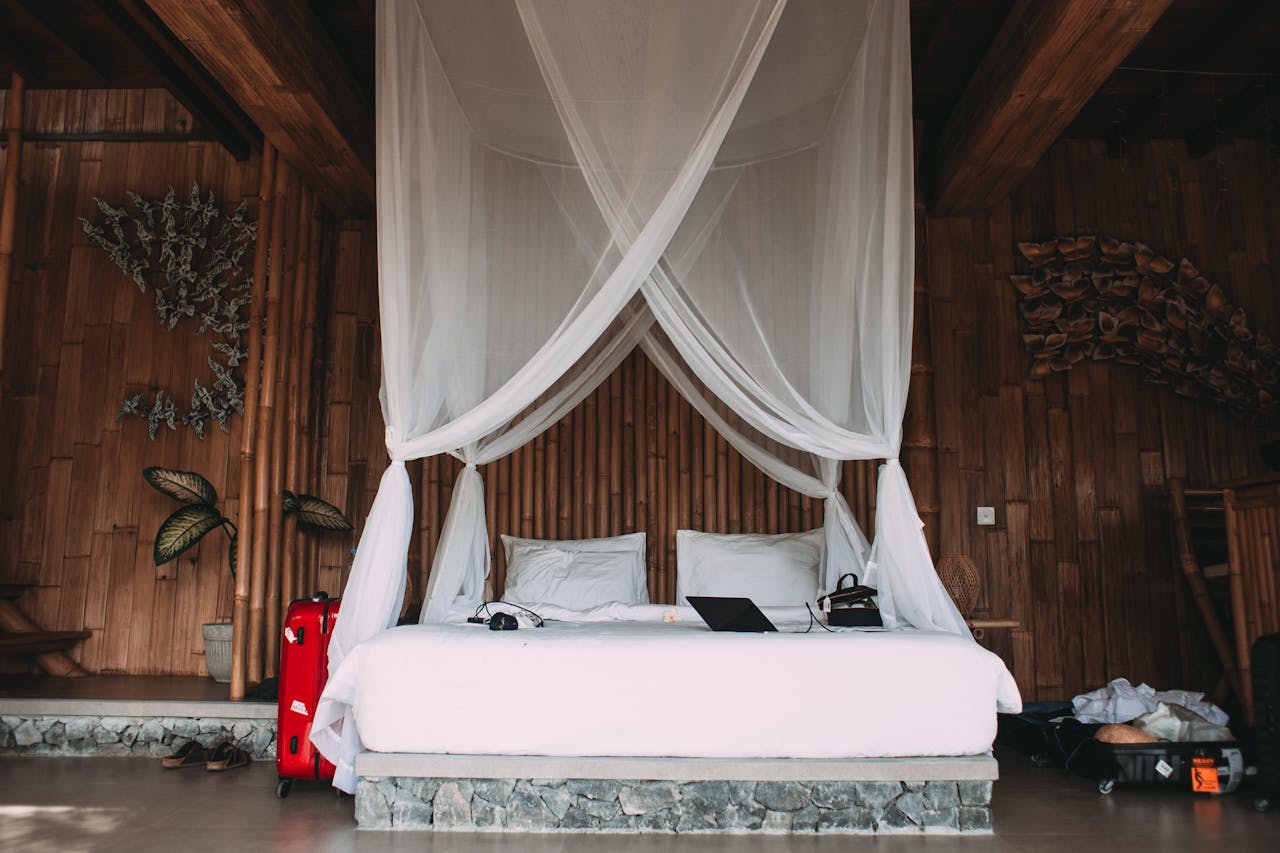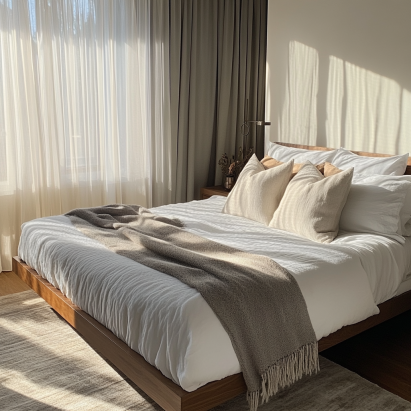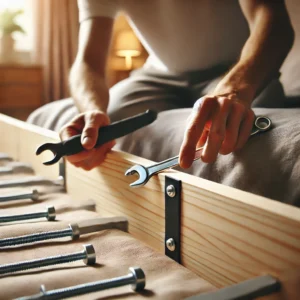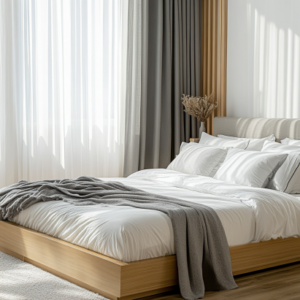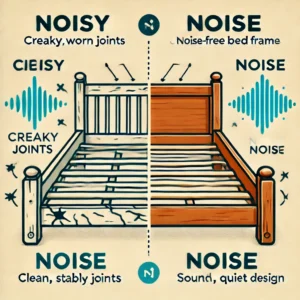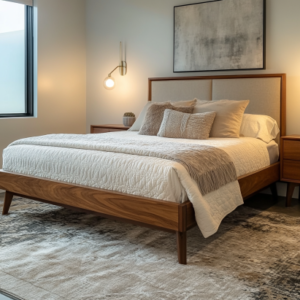Inclined Bed Therapy for Acid Reflux: A Natural, Drug-Free Fix
Acid reflux and GERD can disrupt your sleep—but a simple bed tweak can help. Inclined Bed Therapy for Acid Reflux is a natural, drug-free way to calm nighttime heartburn and sleep better. For gear picks, see our Best Beds for IBT guide.
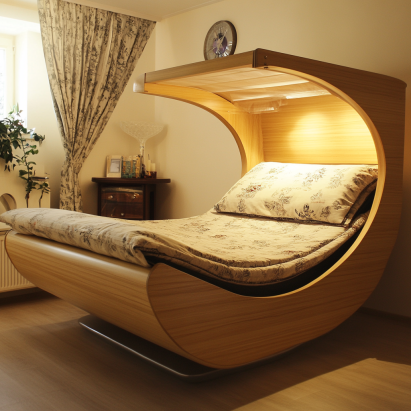
IBT (Inclined Bed Therapy) uses a gentle 6–8 inch rise at the head of your bed so gravity can reduce backflow into the esophagus. It’s simple, affordable, and easy to combine with healthy habits for dependable nighttime relief.
Key Takeaways
- Inclined Bed Therapy for Acid Reflux reduces nighttime acid exposure by leveraging gravity.
- Raise the head of your bed about 6 inches for a comfortable, effective incline.
- Drug-free and non-invasive: IBT complements medical care and lifestyle changes.
- Combine IBT with earlier dinners, weight management, and smart sleep positioning for best results.
- See our full Incline Setup Guide to dial in your elevation.
How Inclined Bed Therapy for Acid Reflux Helps
Quick answer: Elevating your upper body keeps stomach acid where it belongs—in your stomach. When you lie flat, gravity no longer helps, so acid can more easily rise and irritate the esophagus, causing burning and sleep disruption.
With IBT, your torso is gently elevated, which lowers the chance of reflux episodes at night. Many sleepers notice fewer awakenings, less throat irritation, and an overall improvement in morning comfort. Organizations like the Sleep Foundation and NIDDK note that head-of-bed elevation can help reduce nighttime GERD symptoms.
Key Benefits of Inclined Bed Therapy
1) Reduces Heartburn & Nighttime Symptoms
Bottom line: Less acid reaches the esophagus. This can mean less burning, fewer cough-inducing episodes, and calmer nights.
2) Improves Sleep Quality
Waking up to heartburn fragments your sleep cycles. With a gentle incline, many users report longer stretches of uninterrupted sleep and better daytime energy.
3) Non-Invasive & Drug-Free
IBT is a mechanical, low-risk adjustment. It pairs well with physician-guided care and may help reduce reliance on long-term antacids or PPIs for some people (always consult your doctor).
4) Supports Throat & Voice Comfort
Lower esophageal exposure overnight can soothe irritation that contributes to morning hoarseness or throat clearing.
5) Complements Long-Term GERD Management
Many people fold IBT into a wider routine—earlier dinners, gentler evening meals, and mindful posture—creating a sustainable plan for symptom control.
How High Should You Go?
Start with ~6 inches. For many sleepers, this delivers noticeable relief without feeling awkward. You can test 5–8 inches and note changes in comfort and symptoms. More height isn’t always better—focus on consistency and alignment.
How to Set Up Inclined Bed Therapy
Pick a method you’ll use nightly. The best setup is the one that’s stable, comfortable, and easy to maintain.
| Method | Pros | Watch-outs | Best For |
|---|---|---|---|
| Bed Risers/Blocks | Low cost, works with any bed, full-body incline | Must be sturdy; verify frame/leg size and floor grip | Simple, budget-friendly setups |
| Adjustable Base | Precise control; quick adjustments; great for reading | Higher cost; check bed frame compatibility | Daily IBT users wanting one-button convenience |
| Wedge Pillow (Full-Torso) | Portable; no furniture changes | Choose a long wedge; short pillows bend the neck | Travel, guest rooms, testing IBT before committing |
Need help? See our How to Incline Your Bed guide or 5 Easy Ways to Elevate Your Sleep.
Mattress & Pillow Tips for an Inclined Bed
Keep alignment first. A medium-firm mattress helps your spine stay neutral. Pair with a pillow that supports without pushing your chin forward.
- Side sleepers: Slightly thicker pillow for neck alignment.
- Back sleepers: Medium pillow to keep chin neutral.
- Combo sleepers: Responsive pillow that adapts.
Shopping adjustable bases? See our Best Beds for IBT guide.
Lifestyle Habits That Boost Results
- Finish dinner 2–3 hours before bed.
- Avoid triggers: Coffee, alcohol, chocolate, spicy/fatty foods.
- Maintain healthy weight: Extra pressure worsens GERD (see NIDDK).
- Wear loose sleepwear: Tight waistbands increase pressure.
- Sleep on your left side: Often reduces symptoms.
Common Mistakes to Avoid
- Only using pillows: Bends the neck, compresses abdomen.
- Too steep, too fast: Can cause discomfort. Ease in.
- Unstable risers: Match riser size to bed legs.
- Inconsistent use: Nightly consistency matters most.
Who Should Talk to a Doctor First?
Safety note: If you have spinal issues, hernias, cardiovascular conditions, sleep apnea, or are pregnant, consult a clinician first. See American College of Gastroenterology.
Step-by-Step: Dial In Your Incline Tonight
- Pick a method: risers, adjustable base, or wedge.
- Start at ~6 inches; test for 3 nights.
- Note changes in heartburn, cough, or throat clearing.
- Adjust by 1–2 inches as needed.
- Pair with early dinners and left-side sleeping.
Final Thoughts
Inclined Bed Therapy for Acid Reflux is a simple, effective, drug-free way to ease nighttime heartburn. With a steady 6-inch rise, supportive bedding, and healthy evening habits, relief may be just a few inches away. For more, explore Cozy Bed Quarters.
FAQ
- Is sleeping on an incline safe?
- Yes, if the bed is stable and the incline gradual. Consult your doctor for conditions.
- Can I just use pillows?
- No—pillows bend the neck. Use risers, a base, or wedge.
- How long until I notice results?
- Many feel relief within nights; others in 1–2 weeks.
- Does this replace medication?
- No. Always consult your physician before changes.
- What’s the ideal height?
- About 6 inches at the head of the bed is effective for most.
Related Reading

